Many cyclists don’t know what a bike fit is, haven’t had one, or don’t know if it’s for them. Recently I had 3 customers in quick succession who had never heard of a bike fit until being advised that they should get one, and were either referred directly to me or advised to go get a bike fit and found my services by searching the web.
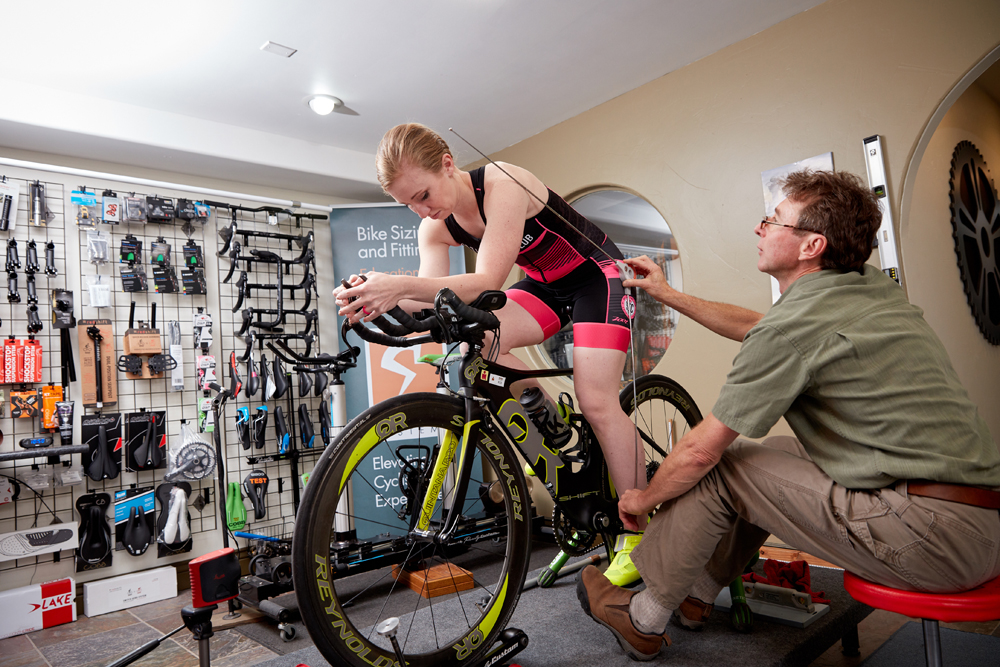
For those that are aware of bike fitting, a common myth-perception is that is just for pros. Not so. It’s for anybody that rides a bike – or intends to ride a decent amount, be they novices or enthusiasts; racers or weekend warriors; and commuters, tourers, triathletes and mountain bikers. It can be relevant and beneficial for any cyclist of any experience level.
What is a bike fit? Simply put, a bike fit is a process of adjusting your bicycle to prevent or alleviate discomfort, or increase riding efficiency. Why is this needed? A bike out of a bike shop or out of a box or out of the classifieds is not optimized for you from the outset, which can cause problems. The first step in buying a new bike is getting the right size and geometry, but assuming this is done well (See John’s article on buying a new bike that fits: Cycling Utah March 2016 issue online: https://www.cyclingwest.com/news/cycling-utahs-march-2016-issue-is-now-available/), that doesn’t mean the bike fits you and is awesome to ride as is. It just means a good fit can be achieved, and a good fit is about finding harmony between you and the machine.
A product manager working for a bike brand will specify a handlebar and saddle for a particular bike model and size. That specification may not be appropriate for your anatomy, so part of the bike fit process is assessing the “contact points” of shoes, pedals, saddle and handlebars to see that the size selection and style is a good match for you. If it is not, a bike fit will involve recommending and replacing one or more items. Expect to pay for some parts as well as the service.
Another part of the fit process is adjusting the relationship between these contact points, such as setting the seat height and the handlebar position so that you are comfortable, powerful and efficient on the bike. Anything that is “off” will cause a chain reaction of compensations in how you ride your bike. These compensations can show up as numb hands, achy knees, a sore back, restricted breathing or other niggles that detract from rather than enhance your riding experience. Additional small adjustments that can have a big impact is the angle of the handlebars, the position of the hoods / grips or extensions, and the reach to the brake levers. Yes – you should be able to reach the brake levers.
Most bikes shops will endeavor to rough in the saddle height for you and do a quick visual assessment of you on your new bike before you roll it out the door. You may think this is a bike fit. It partly is, but it mostly isn’t. A full bike fit takes 2 – 4 hours, so if your bike fit took 10 minutes, you got what you paid for, which is a bicycle not a bicycle fit. Some bike stores pay more attention to offering fit services than others, which will be evidenced by a dedicated fitting area and equipment, and one or two people who are trained and practiced in fitting protocols and processes.
Fitting is a specialized service requiring specialized skills. As not all staff in a bike shop are mechanics, even less are trained and experienced as fitters. Bike shops might appear to be the obvious place to go to for a bike fit but you can also find bike fitters who are doctors, cycling coaches, physical therapists, athletic trainers, or simply just bike fitters! It is a thing, and most cities have one or more specialty fitters serving the local cycling community. A proper bike fit will involve a scheduled appointment, fee for service, and an uninterrupted focus on you and your bicycle.
Why might you consider getting a bike fit, or be advised to get one?
- You buy a new bike, and want to get it set up to prevent problems.
- You are feeling at odds with your bike, and are fidgeting around on it never quite getting comfortable.
- Your saddle sucks.
- You experience numbness in the feet, genitals, or hands and/or unreasonable tension in the back, shoulders or neck.
- You have had a significant change to your body in fitness, weight, or experienced an accident requiring surgery and rehab.
- Someone suggested it to you because of how you present on the bike.
- Riding is important to you and you want to optimize your experience.
Should every cyclist get a bike fit? Probably. Would every cyclist benefit from a bike fit? Not necessarily. Some cyclists tinker with their own adjustments and quickly find riding harmony. They wonder why anyone would spend money on a bike fit. Others consider it poor decision making to spend a few thousand dollars on a bike, but not to spend a few hundred to get it fitted to make the most of it.
You can give up one 3 hour ride to get a bike fit so you can ride happily thereafter, or ride for 3 hours complaining to your group about how uncomfortable you are, and keep repeating that experience. Your bike, your body. Enjoy!
John Higgins wants to elevate your cycling experience. He operates BikeFitr – an independent bike fitting studio, and Fit Kit Systems – supplying equipment and education to bike retailers and fitters. Contact: [email protected]
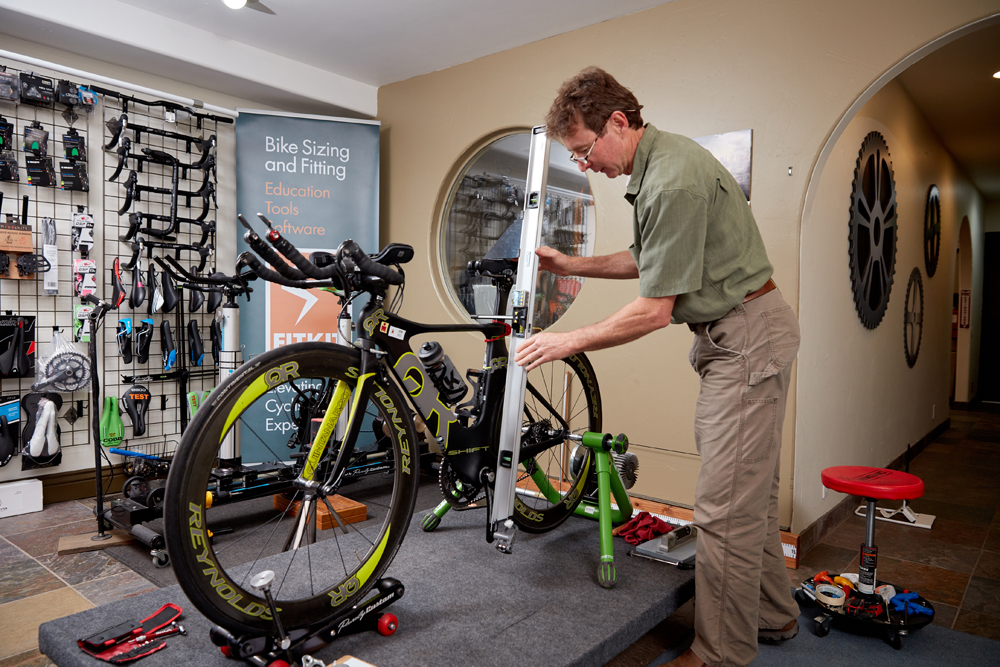
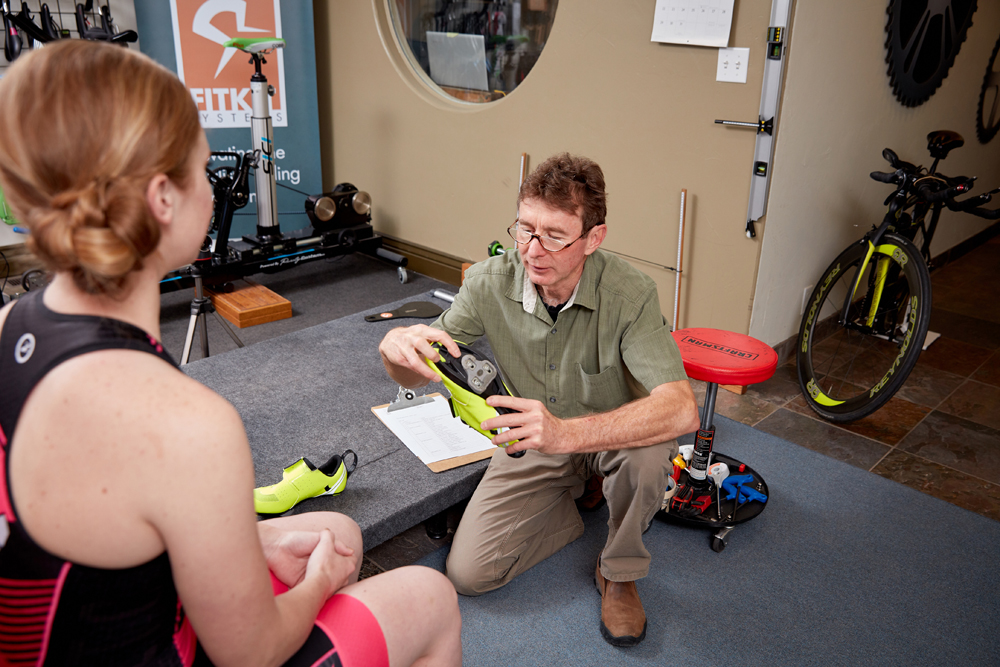

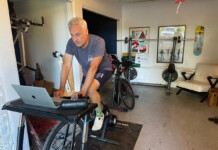

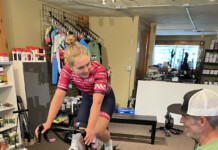



![Cycling and Achilles Tendon Pain The muscles of the anterior compartment of the lower leg are generally responsible for dorsiflexion, and the muscles of the posterior compartment of the lower leg are generally responsible for plantar flexion. The lateral and medial muscles in both compartments invert, evert, and rotate the foot. By OpenStax College (https://cnx.org/contents/FPtK1zmh@8.108:y9_gDy74@5) [CC BY 3.0 (https://creativecommons.org/licenses/by/3.0)], via Wikimedia Commons Download for free at http://cnx.org/contents/14fb4ad7-39a1-4eee-ab6e-3ef2482e3e22@8.108](https://www.cyclingwest.com/cms/wp-content/uploads/2014/05/1123_Muscles_of_the_Leg_that_Move_the_Foot_and_Toes_b-100x70.png)